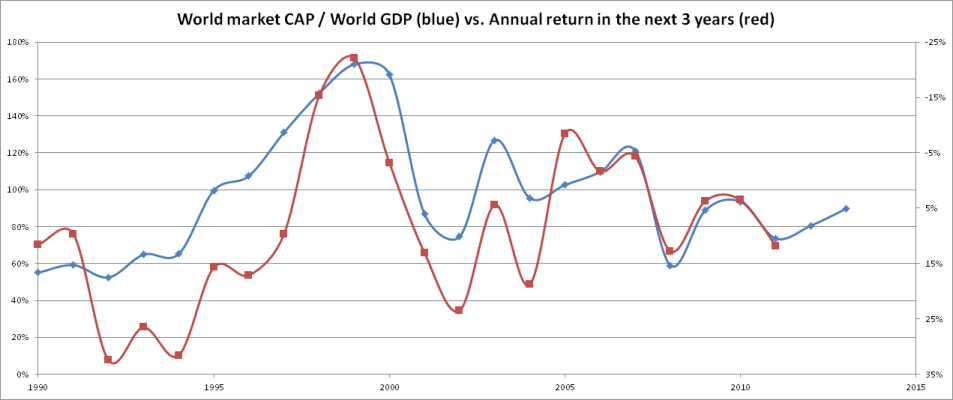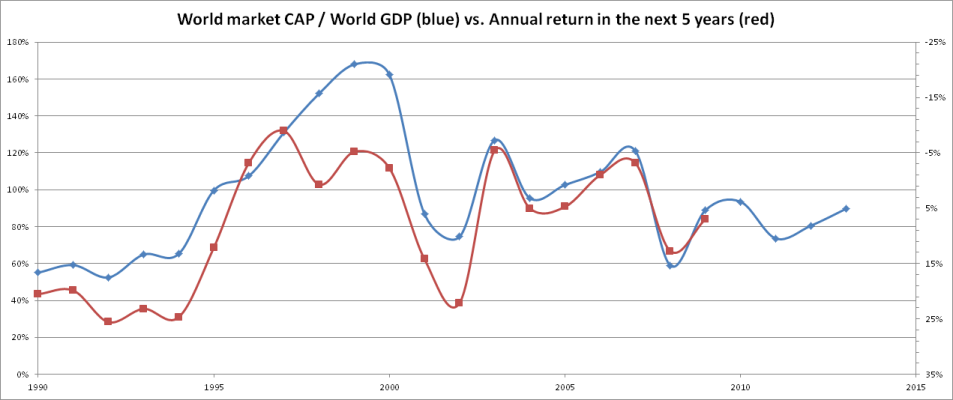ERD50
Give me a museum and I'll fill it. (Picasso) Give me a forum ...
I think will 95% will feel the need to adjust (either upwards or downwards). ...
I can't say what others would 'feel' or not. But I wasn't responding to a statement about 'feelings', I was responding to 'but almost all of us will have to adjust spending/withdrawals ..., no way around it.'.
That didn't make sense to me, based on history, and we don't know the future.
-ERD50


